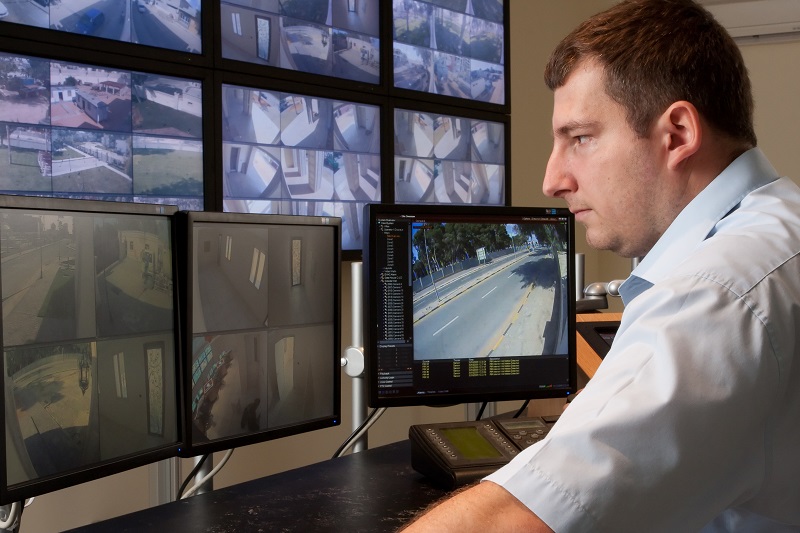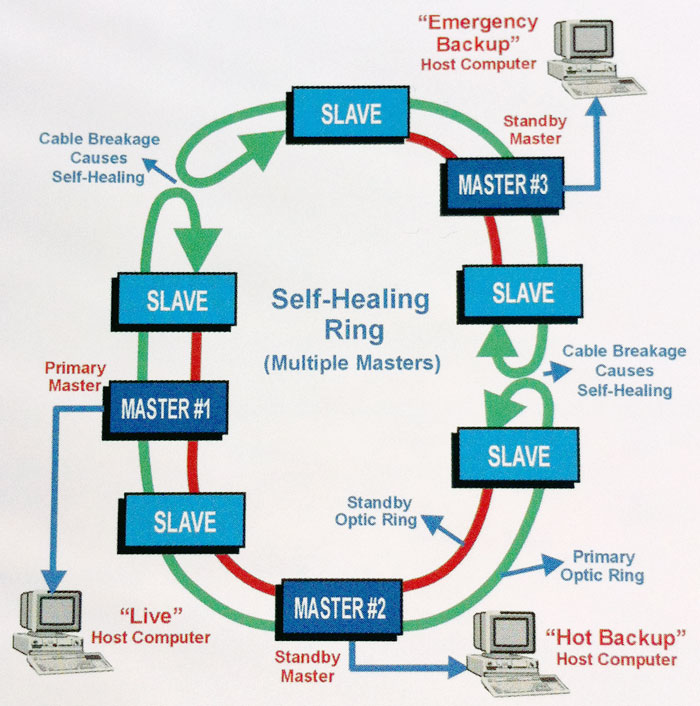How a Fiber Security System Provides Unmatched Dependability and Performance in Security Surveillance
How a Fiber Security System Provides Unmatched Dependability and Performance in Security Surveillance
Blog Article
Secure Your Building With Reputable Fiber Optic Security Solutions
In an age where safety dangers are progressively advanced, the requirement for effective protection solutions is paramount. Fiber optic security systems stand out by supplying extraordinary dependability and performance, leveraging advanced light transmission technology to boost monitoring abilities. security fibers. Understanding the intricacies of fiber optic protection can light up the path to safeguarding your property more effectively.
Benefits of Fiber Optic Safety
Fiber optic security remedies use a variety of benefits that make them progressively important in today's electronic landscape. One of the most considerable benefits is their superior data transfer capacity, which permits for the transmission of big quantities of data over long distances without significant signal deterioration. This capability is specifically advantageous for protection systems that rely on high-def video security and real-time monitoring.
Furthermore, fiber optic cables are naturally more safe than traditional copper electrical wiring. They are unsusceptible to electromagnetic disturbance, making them less susceptible to hacking or eavesdropping. This improved protection is important for protecting sensitive information and keeping the integrity of monitoring systems.
In addition, fiber optics are a lot more sturdy and resistant to ecological elements, such as wetness and temperature level fluctuations, guaranteeing lasting integrity and decreased maintenance expenses. The light-weight nature of fiber optic cables also streamlines installation processes, permitting better flexibility in system layout.
Just How Fiber Optic Systems Work
In modern-day safety applications, the procedure of fiber optic systems counts on the concepts of light transmission with flexible glass or plastic fibers. These fibers are designed to lug light signals over fars away with minimal loss, making them ideal for sending information associated with safety and security monitoring. The core of the fiber, bordered by a cladding product, makes sure that light signals remain contained within the core via a phenomenon known as complete interior reflection.
When incorporated into security systems, fiber optic cords can transmit data from different sensors, such as electronic cameras, movement detectors, and alarms, to a central monitoring terminal. The high bandwidth capability of fiber optics enables the transmission of large quantities of information concurrently, enabling real-time security and prompt action to potential hazards.

Kinds of Fiber Optic Security Solutions
Numerous sorts of fiber optic safety solutions have actually arised to improve surveillance and security throughout different settings. One prominent option is fiber optic border invasion discovery systems (PIDS), designed to keep an eye on and safeguard home borders through the detection of vibrations and disruptions along fiber optic cables. These systems supply real-time signals, enabling timely get redirected here feedbacks to unapproved access attempts.
An additional reliable solution is fiber optic video monitoring. This innovation leverages high-def electronic cameras connected through fiber optic cords to send video clip information over fars away without significant loss of high quality. This configuration is specifically valuable in expansive areas, such as airport terminals and commercial websites, where typical copper cables may falter.
Additionally, fiber optic sensors are increasingly utilized for environmental monitoring, spotting changes in temperature, pressure, or acoustic signals that might suggest safety breaches or harmful conditions. These sensors provide high sensitivity and accuracy, making them ideal for crucial infrastructure protection.

Installment and Upkeep Tips
Effective setup and upkeep of fiber optic safety and security options are essential for ensuring their ideal performance and longevity. Fiber optic cords must be directed securely, avoiding sharp bends or twists that can endanger their integrity.
During installation, it is suggested to conduct thorough testing of the system to validate that all elements are operating correctly. Normal maintenance checks must be arranged to inspect the fiber optic wires for any indicators of wear or damage, in addition to to make certain that connections stay secure. Cleaning up the adapters periodically is likewise essential to stop signal loss because of dirt or debris.
In addition, keeping an updated stock of mounted components and their specifications can assist in less complicated troubleshooting and upgrades. By adhering to these setup and upkeep pointers, home proprietors can maximize the effectiveness of their fiber optic safety remedies, ensuring a reputable protection versus possible hazards.
Contrasting Prices and Performance
When evaluating fiber optic safety and security services, comprehending the balance between costs and effectiveness becomes vital (security fibers). Organizations must consider the upfront investment, ongoing upkeep expenditures, and the lasting worth these systems supply. While fiber optic systems might need a higher initial installation price contrasted to standard copper electrical wiring, their toughness and minimized vulnerability to electromagnetic interference often convert to reduced maintenance costs over time
Performance is an additional important element; fiber optic safety and security systems offer boosted information transmission rates and improved integrity. They can cover larger distances without signal destruction, making them ideal for expansive residential properties or remote places. The high data transfer you can try here capability sustains sophisticated security applications, such as high-def video monitoring and real-time monitoring, which are necessary for extensive protection administration.
Ultimately, the option in between expense and performance ought to be led by particular safety needs and run the risk of analyses. Organizations should assess their unique demands, taking into consideration elements like building size, safety hazards, and technological improvements. By performing a comprehensive cost-benefit evaluation, stakeholders can make enlightened decisions that align with their safety purposes while ensuring a sound investment in fiber optic innovation.
Final Thought
Finally, fiber optic security services provide considerable benefits in regards to click this link efficiency, integrity, and resistance to ecological interferences. These systems enhance surveillance capabilities and boundary safety and security, making them an efficient option for detailed defense. Although first installment costs may be higher, the long-lasting benefits, including decreased maintenance and exceptional functionality, justify the investment. Inevitably, the adoption of fiber optic technology represents a forward-thinking strategy to guarding buildings versus progressing safety and security risks.
Report this page